Earth Age: How Old Is the Earth?
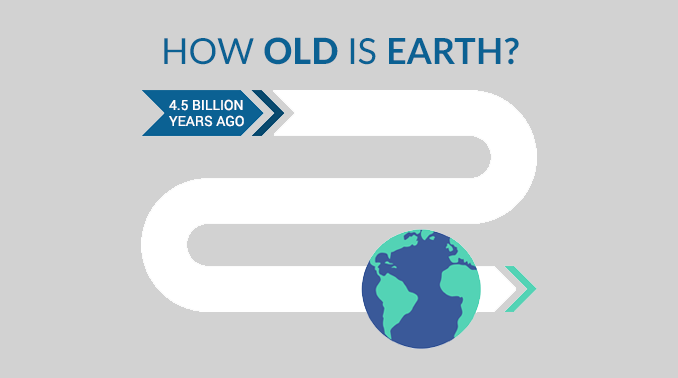
“Our best estimate is that Earth’s age is a staggering 4.5 billion years, give or take 50 million years.”
But how do we know the age of Earth? We can estimate our planet’s age in different ways:
- EARTH’S OLDEST ROCK: We can find the oldest rock on Earth and date it.
- MOON ROCKS: We can collect sample rocks from the moon and estimate their age.
- METEORITES: We can study meteorites that fall on Earth and establish a date.
So let’s try to pinpoint Earth age by looking closely at Earth rocks, moon rocks and meteorites.
How to estimate Earth’s age from the Grand Canyon
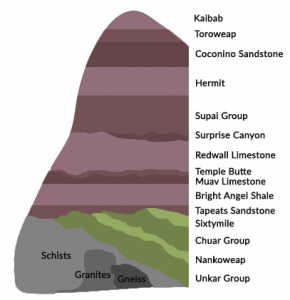
A real simple way to estimate Earth age is to gaze at cross-sections like at the Grand Canyon.
GRAND CANYON: Younger rocks pile on top of older layers. It’s like stacking pancakes one on top of another. The coldest is on the bottom. It’s the same concept for rocks. This is the concept of relative dating.
So if you look at the sedimentary rocks at the Grand Canyon, it’s the Unkar Group at the bottom. These rocks are about 1.25 billion years old. Then beneath those, there are Precambrian basement rocks. These metamorphic rocks are dated to about 2 billion years old.
Ok, this is a pretty decent estimate. But how can we get more accurate?
How to estimate the planet’s age by dating Earth’s rocks

First, we can simply find the oldest rocks on Earth and then conclude that this is how old Earth is.
But the problem is that the rock cycle is always recycling Earth’s crust. Rocks continuously sink deep down into the interior and then rise back up again as magma.
ACASTA GNEISS: If you take the age of Acasta Gneiss rocks in northern Canada, Earth age is about 4.04 billion years old. Alternatively, some grains of rocks (zircon) in Western Australia are about 4.36 billion years old.
So already, we can get a pretty good estimate of Earth’s age. But it’s not exact. Because in the primeval Earth, Earth was still a fiery cinder so it didn’t cool down to sustain rocks until a billion years later.
How to pinpoint Earth’s age by moon rocks and meteors
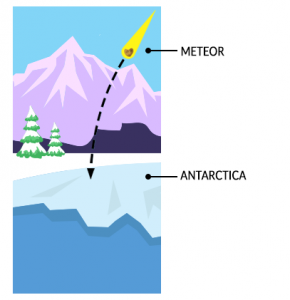
MOON ROCKS: Another way to evaluate Earth’s age is by dating geologic samples of moon rock. Because the moon formed around the same time, the Earth did, we estimate moon rocks collected during the Apollo 11 mission to be 4.4 to 4.5 years old.
METEORITES: Further to this, we study meteorites that fall in Antarctica because they’re easier to find in the ice. Similar to the moon, these ancient remnants of our solar system are also 4.4 to 4.5 years old.
“So if you take into account both the age of lunar samples and meteorites, then we can obtain a fairly robust estimate of Earth’s age. That age is a staggering 4.54 billion years old (± 0.05 billion years).”
READ MORE: Carbon Dating: How Radioactive Isotopes Estimate Age
How Old Is the Earth?
A lot is said about the Earth’s age. Scientists are confident that the Earth is around 4.5 billion years old.
The age of Earth is an estimate based on a wealth of geological evidence, including radiometric dating of ancient rocks and meteorites, providing a foundation for understanding the vast timescales that have shaped our planet’s history.
Join our comment section below to share any thoughts you might have about how old the Earth is.

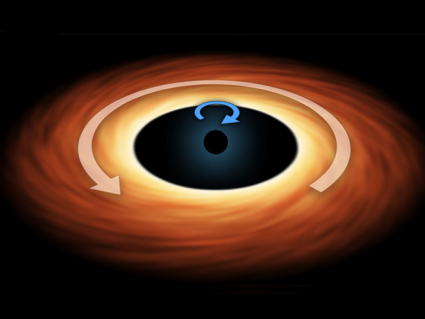

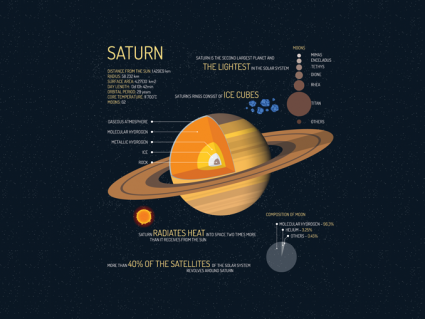

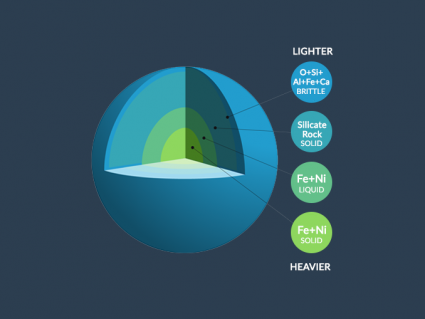
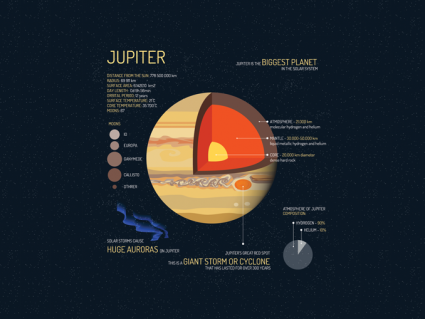
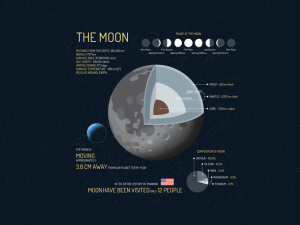


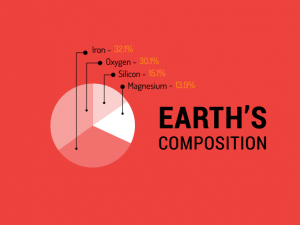
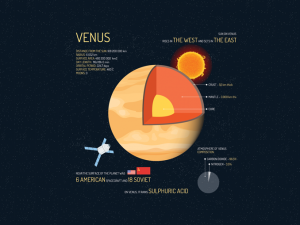
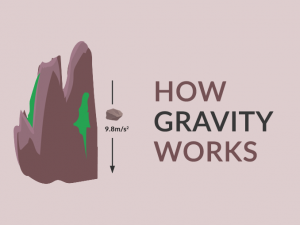

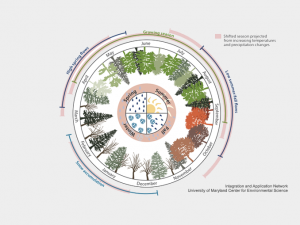
Sorry to bust your evolutionary bubble, but the earth is not 4.5 billion years old! God created the heavens and earth approximately 6000 years ago according to the Bible!
We can estimate the Earth’s age by dating the earth’s rocks. Acasta Gneiss is about 4.04 billion some grains of rocks are4.39 billion years old so we can estimate that the earth is older or almost 4.36 billion years old.